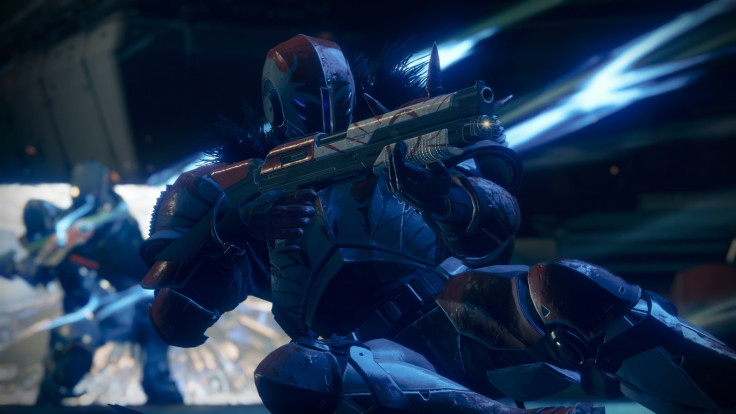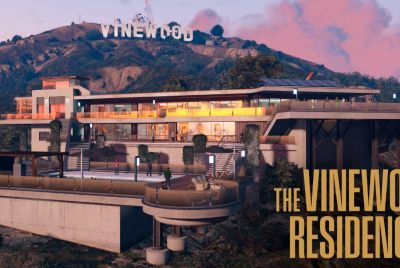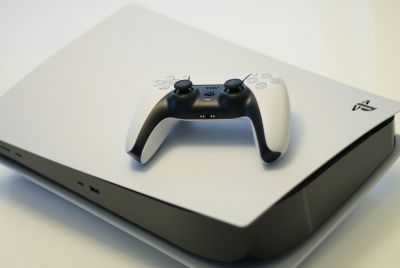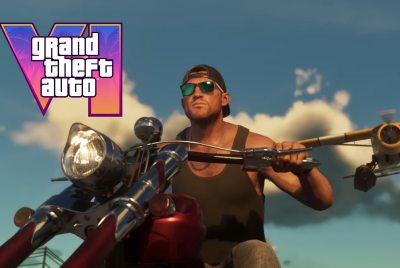All the major changes coming to Destiny 2 on PS4, Xbox One and PC
The biggest changes to Crucible, weapon slots, subclasses and more.
Bungie's enormous success with sci-fi epic Destiny has been tempered by criticisms that never went away. The original game wasn't a runaway, unstoppable hit, but a good shooter left in the shadow of its own potential that could have, and should have been truly great.
Destiny's initial release was surprisingly threadbare, its expansions were overpriced and most players missed out on the lengthy, gruelling raids that were easily the game's best feature. It had everything it needed to be the best game in the world, just never all at once.
With the release of Destiny 2 this week (6 September) on PS4 and Xbox One, expectations are high as fans wait to see if Bungie has put into action all it should have learned over the past three years.
This being a fully-fledged sequel means there are big changes across the board. The core gunplay is certain to be as moreish and robust as ever, but Destiny veterans will have to get to grips with a ton of new features.
Here's all you need to know about the biggest changes coming to Destiny 2.
Four new locations
A new game means new locations, but not the return of old ones. Four large open spaces will be available to explore in Destiny 2, unlocked through the completion of story missions. These are the European Dead Zone, Saturn's moon Titan, a planetoid called Nessus and Jupiter's moon Io.
Each space will house missions of varying types (story missions, patrols, strikes) available to players to tackle solo or in fireteams with other players.
There will also be a new social hub area called The Farm, where players won't encounter enemies but will be able to manage their inventories, sell and buy items, collect new missions and even play a bit of football.
New weapon slot system
As before, weapons are arranged into three slots, but these slots have changed for Destiny 2. They are now: Kinetic weapons, Energy weapons and Power weapons. The majority of weapons found in the game can be placed in both the Kinetic and Energy slots, but weapons that deal elemental damage can only be put into the Energy slot.
Elemental damage comes in three types: Solar (orange), Arc (blue) and Void (purple).
The third slot belongs to Power weapons that deal large quantities of damage, such as shotguns, sniper rifles, rocket launchers and other heavy weapons. These require a rarer ammo variant called Power Ammo (the new name for Heavy Ammo) to use.
New subclasses with new supers and abilities
In Destiny there are three classes to choose from: Warlock, Titan and Hunter. These are to benefit certain playstyles and come with unique sets of abilities. Each class also comes with sets of subclasses, of which there are three new additions in Destiny 2.
- Dawnblade (Warlock)
The Dawnblade subclass comes with an ultimate ability (unleashed with a press of the shoulder buttons once charged) that summons for the player blades of fire they shower down on enemies from above causing Solar damage
Both this subclass and the Voidwalker subclass returning from the first game, also now have two cross-class abilities. For Warlocks this means either a Healing Rift which creates a field of healing around the player that benefits players and their squadmates, or Empowering Rift, which boosts their attack power instead.
- Sentinel (Titan)
The Sentinel subclass comes with an ultimate ability that summons a shield of Void energy that players can use to defend themselves or use as a weapon thrown like Captain America's shield.
The Titan class's two abilities either create a large (Towering) or small (Rally) barricade. The bigger of the two has the benefits of being bigger, obviously, while the smaller instantly reloads a player's weapon when they take cover behind it.
- Arcstriker (Hunter)
Arcstriker grants Hunters an ultimate that summons a staff of Arc energy wielded as a melee weapon that wreaks havoc on the battlefield.
The Hunter class's new abilities are both dodges. Marksman's Dodge reloads your equipped weapon while Gambler's Dodge deals melee damage to nearby enemies.

Crucible
The Crucible is where Destiny players take a break from fighting alongside each other to fight among themselves. The PVP space has undergone significant changes in Destiny 2, the most notable being that all game types are now 4 v 4 rather than 6 v 6 per the original's player cap.
Three game modes have been confirmed, with more expected to be included in the final game.
Control is Destiny's pride and joy, and in this new iteration will see two teams fight over control of three capture points. In a change from the original, each team will start with one point, and capturing points is now quicker as it doesn't require players to turn an enemy point 'neutral' before capturing it for their own team.
Survival is similar to Skirmish in the original, and sees teams trying to whittle down their opponent's reserve of eight respawns.
Countdown is a brand new mode, similar in theory (but not practice) to the core mode of Valve's Counter-Strike. In it teams attack and defend set points where attackers must plant a bomb and protect it as its timer runs down. Teams swap sides with the winning side being the first to win five rounds.
Three new maps have been confirmed - Vostok, Midtown and Endless Vale - with more to be included in the final product.
PC version
Bungie brings the Destiny series to PC for the first time with Destiny 2, with the version being sold exclusively through publisher Activision Blizzard's Battle.net platform. News of the new version is the low key biggest announcement about the sequel, and is sure to sell by the bucketload when it releases on 24 October.
The PC version will support 4K and has an uncapped framerate, ensuring top performances for those with the rigs able to provide it. It will also include voice chat and an adjustable field of view.

Clan Support and 'Guided Games' Raid Matchmaking
Clan support is a huge addition to Destiny 2 which will make it easier for players to gather together and take on Destiny 2's missions and raids with established groups. Clan support will also figure into the new matchmaking system for raids called Guided Games.
Matchmaking didn't exist for raids in the original Destiny, which meant players who were unable to organise teams missed out on its defining mode. In the sequel, individuals will be paired with established clans looking for the extra few players needed to take on a raid.
This, on paper, will be a lot better for player experience than throwing together groups of individual players who are unlikely to work together in the way they'll need to to complete the challenging raids.
© Copyright IBTimes 2025. All rights reserved.



















